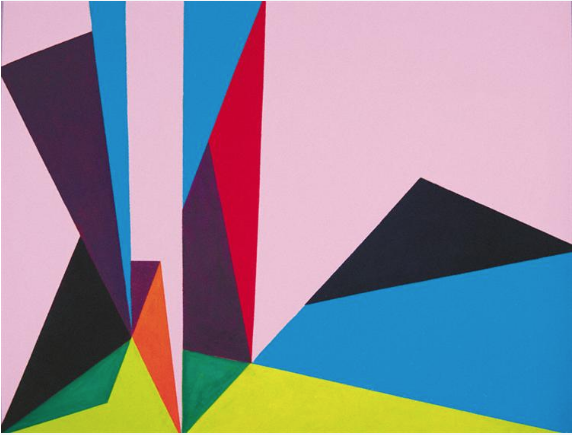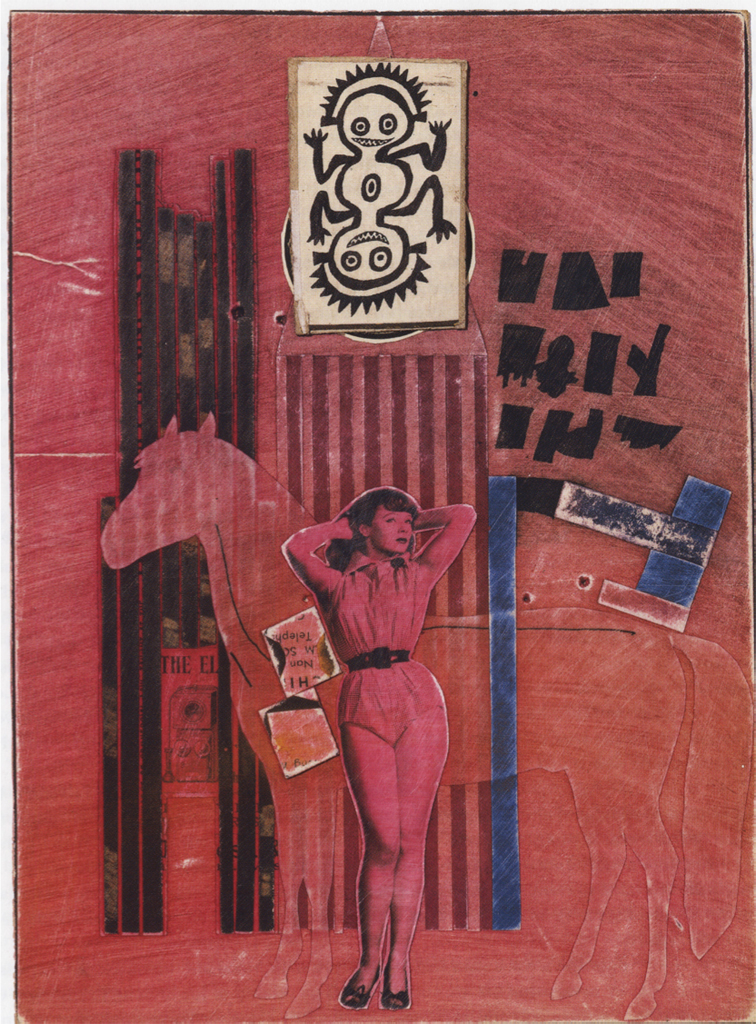
Transatlantic surrealism

The art press invites us to revise art history.
Every month, it pulls new, unknown geniuses out of the freezer.
This inevitably leads us to ask why the great and recognised names in painting, photography and sculpture have been singled out and preferred to artists who are just as talented. Or even more important in the advancement of art. Cronyism? Piston? Couch promotion? Randomness? General lack of interest?
Is it the need to fill the columns of these magazines every month while avoiding repetition that generates this disturbing phenomenon? It must be. With the cycle of exhibitions. The same thing happened with the British pop-rock press, which became weekly in the intensity of the British boom of the 1960s. Over the following decades, it was obliged to constantly seek out the next new Beatles in order to fill its pages.
|
|
And now Art Press has devoted a paper to Surrealism made in the USA. It was in fact Éric Chassey, director of the INHA, who lit the fuse. He is interviewed here as the organiser of the exhibition Surrealism in American Art. We learn that, on the other side of the Atlantic, Cocteau is considered 100% surrealist. But at the same time, the Americanised movement was stripped of the literary dimension it had taken on in Europe. The United States had not waited for European artists to arrive before surrealist works flourished in their country. And they even have vernacular roots. Even Native American roots! Just as American Surrealism has spilled over into the Pop art of Claes Oldenbourg and Peter Saul. |
And guess who is the number one European surrealist artist in the US? Salvador Dali! Dali, about whom everyone on the old continent knows that he did not have a very long artistic honeymoon with Breton. And that he was quickly invited to distance himself from the movement.
But it is true that the good Salvador did everything he could to make the most of it, declaring on his arrival in New York: "Surrealism is me". And he didn't feel like an artistic disavowal when he played window-dresser and moustachioed extra at society parties. Or to be buddy-buddy with Disney. It helps.
|
Meanwhile, American Surrealist artists felt that the movement, which they perceived as apolitical, had to develop an awareness of the realities of the world. It was as if the European parent movement had limited itself to a vision of the world limited to the theatrical universe of Raymond Roussel's Nouvelles impressions d'Afrique. Elsewhere, the subject is eroticized with Paul Thek and James Rosenquist. Or even Louise Bourgeois. In short, Surrealism should be translated by a word other than Surrealism. For no, the landing of the European Surrealists in America did not gently give birth to Abstract Expressionism by setting the sleeping waters of the Great Lakes in motion. |
 |
But where to classify a painter traditionally called expressionist like Achile Gorky? Abstract Surrealist?
For Éric de Chassey, the important thing was to show through this exhibition that Surrealism permeates American art much more than one might imagine. From Joseph Cornell to Psychedelia. And it reminds us in passing that it was this great artistic movement of the 20th century that abolished in its path the frontier between noble and popular art in America.
Would the descendants of Dada have made short work of today's artist capitalism?
Surreal!
Photos :
- Achile Gorky - Agony - 1947
- Ray Johnson - Movie Star with Horse -1958
- Lorser Feitelson - Magical Space Forms - 1948






































































